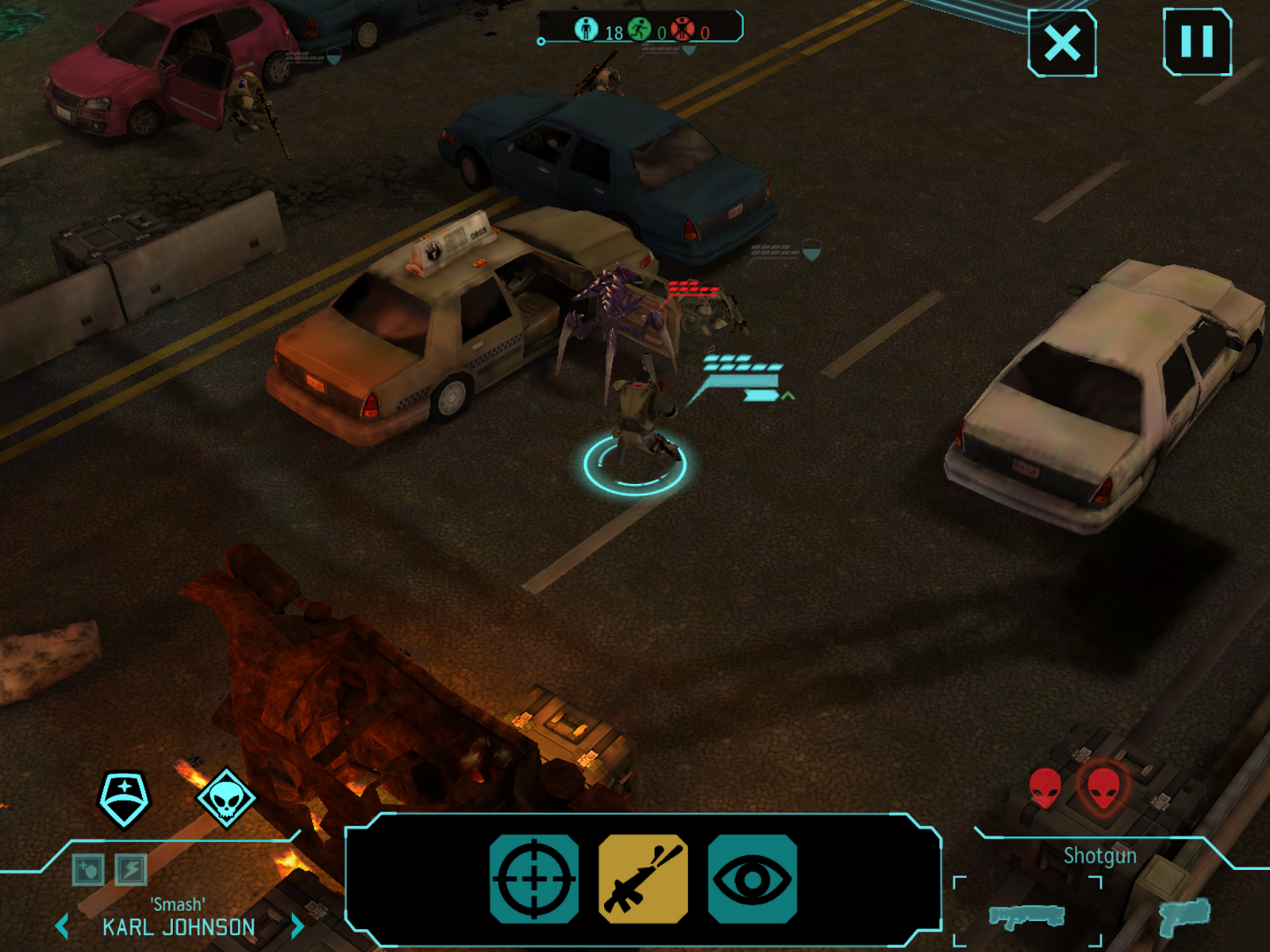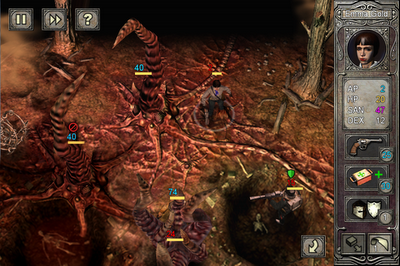Books
Per Goodreads, here’s a list of what I read in 2014. I only got through 41 out of the 50 books that I had challenged myself to. Among them were three books that I absolutely loved: Dahlgren, The Fiftieth Gate: A Journey Through Memory, and Colorless Tsukuru Tazaki and His Years of Pilgrimage. Of these, I was amazed by the first two books as much as anything that I’ve ever read, and being so very different, I find it impossible to chose a favourite between them. Dahlgren is a long piece of surrealist paranoia that is experienced as much as it is read. My Goodreads review of it here. I found it to be one of those books that stretched my understanding of what an author could do with a text. The Fiftieth Gate: A Journey Through Memory is a work of memoir that touches one of the darkest chapters of human history, but also explores really complex ideas of memorialisation and of ownership of the past. I haven’t read many books that I have found both emotionally wrenching and intellectually stimulating. This is such a book; my Goodreads review is here.The book I enjoyed least was Insites: The Book, which I didn’t even finish reading (very rare for me). I found it utterly vapid: my review is here. Other books from which I derived no pleasure this year were David Vann’s Goat Mountain [review] and, astonishingly to me, Stephen King’s The Gunslinger [review].
Live music
I didn’t get out much in 2014, and so I don’t have much to discuss here. I think I only made it to two performances! I enjoyed both of them: The Audreys touring their new album, ’Til My Tears Roll Away, and Early Music Queensland’s programme of late baroque music, Musicalischer Circul. Obviously two very different shows! However, the Audreys performed with a polish absent in the other show, and I enjoyed theirs more.Albums
I didn't listen to much new music in 2014 either, but I liked ’Til My Tears Roll Away more than anything else I heard. It does fall squarely into the “more of the same” category from The Audreys rather than explore anything new, but because I happen to like the sound of their previous albums so much, I’m perfectly OK with that!
The big disappointment for me was Ella Hooper’s solo debut, In Tongues. This was a surprise, since I liked Killing Heidi and The Verses so much. It was a shock to discover that there wasn’t a single track on this album I could connect with.
Theatre
I only saw two plays in 2014: Queensland Shakespeare Ensemble’s The Tempest, and La Boite’s production of Kathryn Marquet’s Pale Blue Dot. I find it impossible to choose between these: one is my favourite of Shakespeare’s plays, performed with the tremendous energy and enthusiasm that QSE always brings to their work, and the other was a delightfully nutty yet thoughtful piece superficially about alien abduction, but really more about belief and trust. Both were outstanding.Movies
The eight movies I watched in 2014 make it perhaps the leanest year for film for me in decades. This was mostly through not having easy access to Apple TV for a large chunk of the year, my main movie- and TV-watching platform these days. Out of what I saw, the highlight was very definitely The Cabin in the Woods, which I enjoyed for its cleverness and Whedon’s evident love of his material. This latter element is something I find lacking in so much mainstream film and is one of the things that draws me to low-budget, amateur film so much. My review is on IMDb.The film I liked least in 2014 was Interstellar. To explain why, I’ll just recycle the summary I wrote for my IMDb review: I found it to be a film of interesting images, breathtaking visuals, and little consistency or sense.
TV
Early in the year, I heard a lot of buzz around True Detective, and although it very much sounded like not my thing at all, I gave it a try and loved it! Partly, I was drawn to the show’s brooding intensity and bleakness, but there was another element that elevated it to becoming one of my favourite pieces of TV ever. That element is a major spoiler, so I won’t discuss it here, but will instead direct curious readers to my review on IMDb. I'll also mention Broadchurch as another show that defied and grossly exceeded my expectations (and to which I also gave a ten-star rating on IMDb).In 2014, I continued to sample a wide range of TV in search of new things to enjoy from the last 20 years or so that I’ve been mostly tuned-out to television. Predictably, this turns up a lot more misses than hits. The low-tide mark for my enjoyment of a show during the year was that time I sampled two excruciating episodes of Bob’s Burgers. I have absolutely no idea why so many people find this funny.
Computer games
I played only two computer games in 2014: Papers, Please, and Qwirkle. I really liked the idea and implementation of Papers, Please and could imagine myself getting quite addicted to it, given the opportunity. I haven’t invested the time to discover if that’s actually true though. Qwirkle is a computer implementation of an award-winning boardgame, but I’ll mention it here because I’ve only sampled the computer version. I like it a lot and am definitely addicted. Like most of the board games I enjoy, its mechanics make it appear deceptively simple, but there’s deep strategy to the game that I am very much still learning.Role-playing games
After a long time, I liked the opportunity of trying out a couple of new games this year. My favourite (of a field of two!) was definitely the new, 5th edition of Dungeons & Dragons. (Note that “editions” of D&D are largely new games with fundamentally different and incompatible sets of rules.) I documented my initial reactions to the game elsewhere in this blog, and I’m glad to report that my positive impressions have persisted as I’ve continued to play it. I like this better than any edition of D&D since 2nd ed in 1989.I’m less sold on Trail of Cthulhu. This game features a computer-game-like mechanic of ensuring that before leaving a scene in the story, the player-characters always receive the clue that will advance the plot to the next scene. I understand (and relate to!) the problem that this mechanic is designed to address, but the end result feels a bit too much like a “ghost train” to me. That said, I’d still choose to play Trail of Cthulhu ahead of many other games.
Things that I didn’t do in 2014
Things I normally enjoy but didn’t get to do in 2014 include:- see a dance performance
- go to the opera
- play board games





